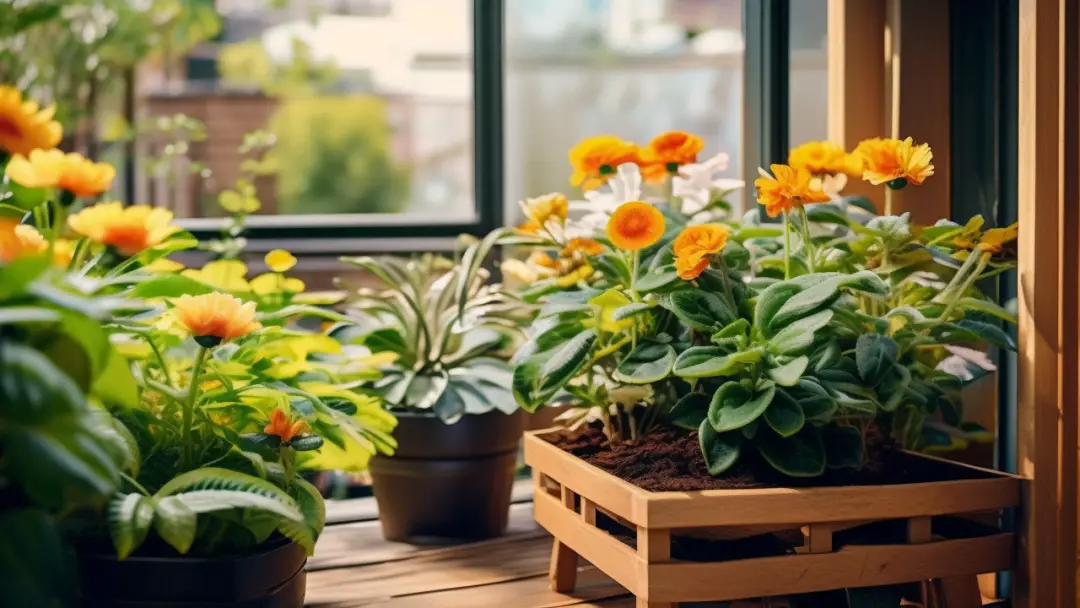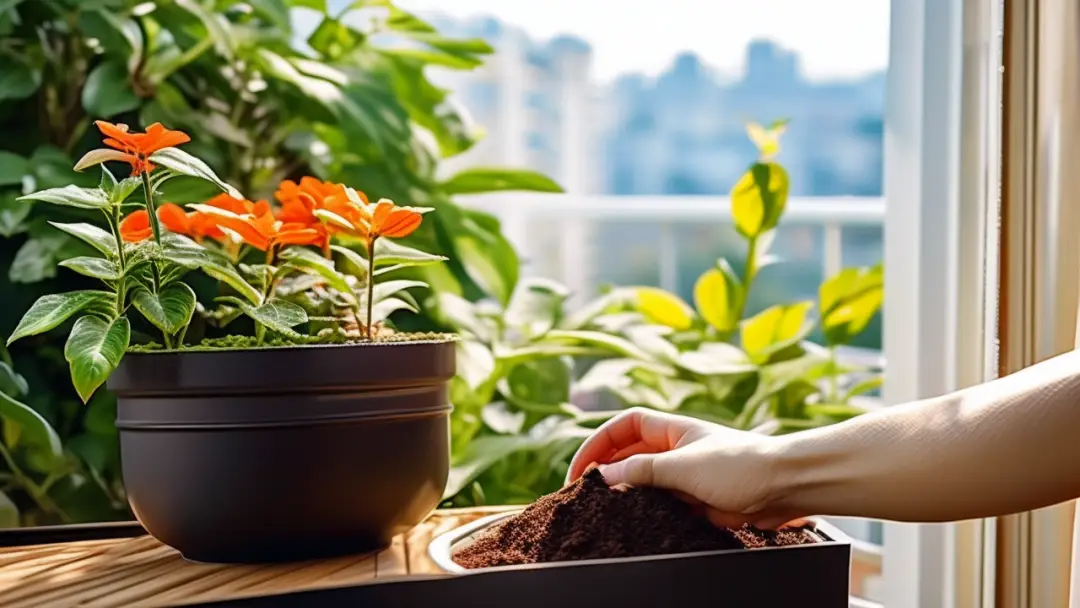How to fertilize flowers? Here are 5 simple and practical tips for fertilizing flowers.

Use compound fertilizer for growing branches and leaves
The so-called compound fertilizer refers to a fertilizer that is rich in nitrogen, phosphorus, and potassium, and contains a relatively even proportion of these three nutrients. Nitrogen can help the growth of branches and leaves of flowers and plants; phosphorus can promote the development of roots and flower buds of flowers and plants; potassium can improve the vitality of the root system while also improving the plant's disease resistance and ability to adapt to the environment. Compound fertilizer is rich in these three elements. Using this fertilizer can effectively and comprehensively supplement the nutrition of the plants. It can be used when the flowers need nutrition for growth.
Compound fertilizer is usually in granular form. When using, you need to sprinkle it on the soil surface or bury it in the soil along the edge of the flower pot. Every time you water, the nutrients released by the compound fertilizer will dissolve in the water and release downward into the soil.
Use phosphorus and potassium fertilizers to promote flowering
Phosphorus and potassium fertilizers are fertilizers rich in phosphorus and potassium. Compared with compound fertilizers, phosphorus and potassium fertilizers lack nitrogen, but have high phosphorus and potassium content. These two elements are very important for flowering and fruiting of plants. Phosphorus can promote root development and flower bud differentiation, including helping flower buds to fully develop, while potassium can enhance the disease resistance of flowers and plants, making flower buds no longer delicate and able to adapt to environmental changes. In addition, potassium can promote fruit development and prevent fruit drop in fruit tree bonsai.

The most common phosphorus and potassium fertilizers on the market are Huaduoduo No. 2 and potassium dihydrogen phosphate. Huaduoduo No. 2 is rich in phosphorus and potassium, and also contains a small amount of nitrogen. While promoting flowering and fruiting, it also has a little effect on promoting leaf growth. The composition of potassium dihydrogen phosphate is relatively simple. It is rich in phosphorus and potassium, but does not contain nitrogen, and the price is relatively cheap. Both of these flower fertilizers are water-soluble fertilizers and need to be diluted with water in proportion and stirred thoroughly before fertilization. Fertilization is usually carried out after flower buds differentiate and flower buds grow on branches, or after fruit trees bear fruit.
If you want quick results, use water-soluble fertilizer

Lazy people use controlled release fertilizer
Controlled-release fertilizer (or slow-release fertilizer) is a solid fertilizer that has been processed twice. The characteristic of this fertilizer is that it is wrapped in a film on the outside , and the nutrients inside can be slowly released through the film, and the fertilizer effect is particularly mild . Therefore, the fertilizer effect of controlled-release fertilizer is particularly long, generally 3 to 4 months, and some fertilizers can reach half a year to 1 year . In other words, after using controlled-release fertilizer once , you don’t need to add fertilizer to the soil for a long time. It is especially suitable for people who don’t have time to take care of flowers and plants regularly , and "lazy people " who don’t want to fertilize all the time .
Due to the characteristics of controlled-release fertilizer, it can be directly mixed into the soil when repotting flowers and plants and used as base fertilizer. It can also be directly sprinkled on the soil surface as topdressing when topdressing is needed .

Use organic fertilizer if the soil is not good
If the soil in the garden is not good, such as the soil is compacted or hard, it is recommended that you use organic fertilizer. Organic fertilizer is usually made from organic waste (such as kitchen waste, animal and plant feces, straw, etc.) through fermentation and composting. While providing plants with rich organic matter and nutrients , it can also improve soil structure, increase soil fertility, and promote plant growth.
